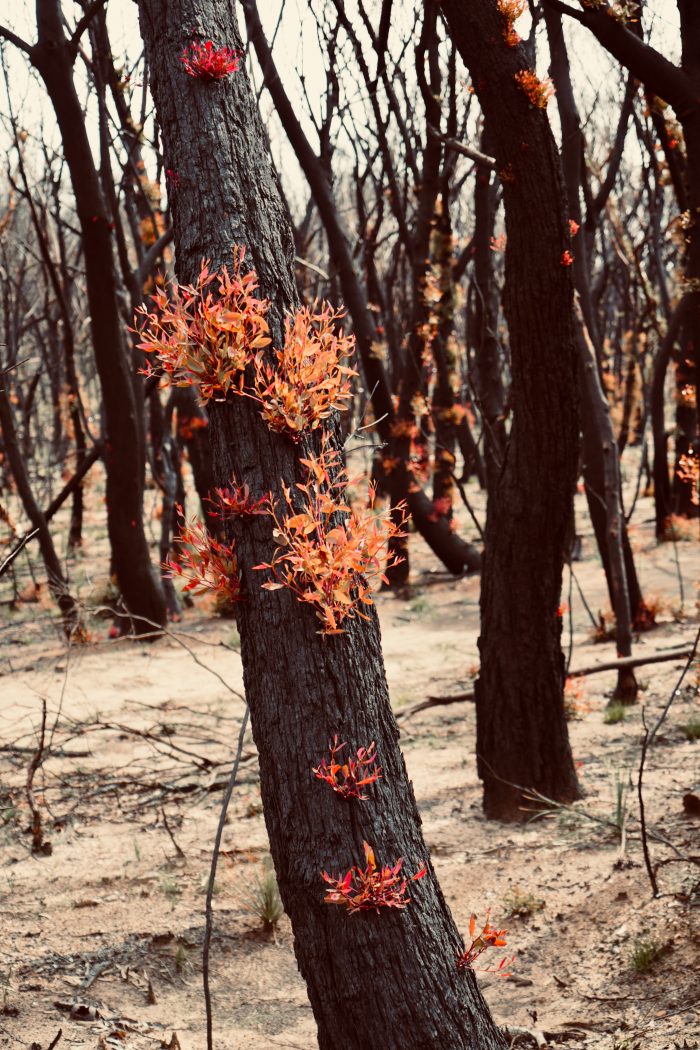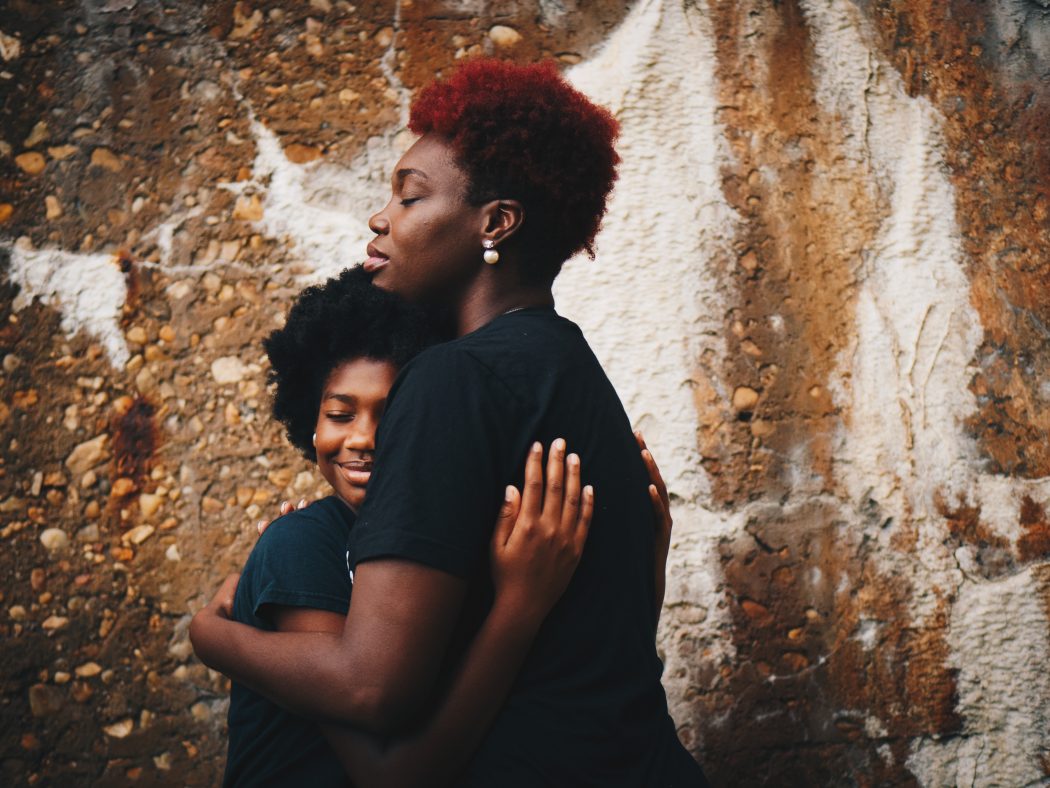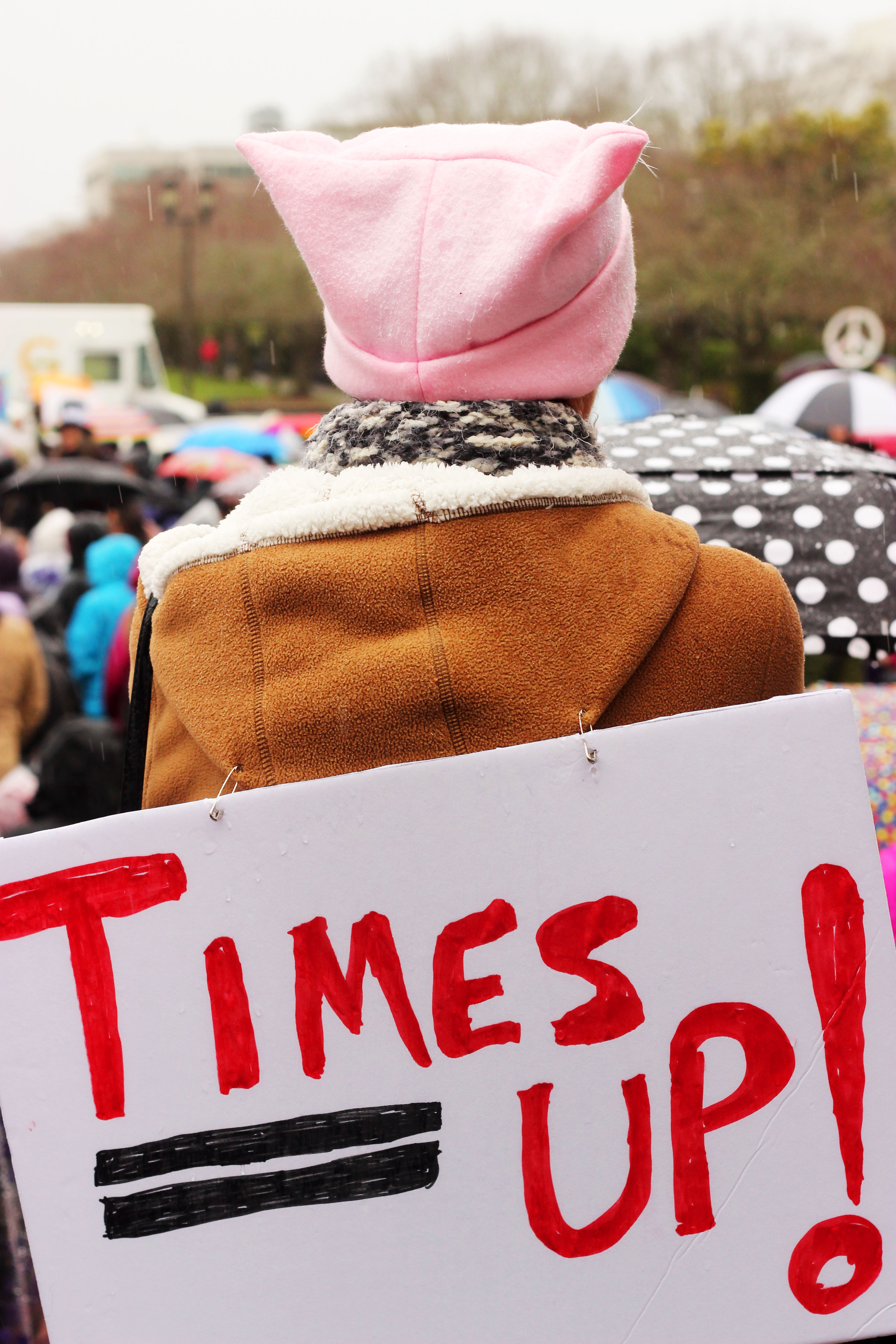When Australia was dark and blackened from the recent bushfire tragedy, the spark of community empathy and human goodness sought to lighten it.
All of Australia seemed to halt this summer when devastating bushfires swept across the East Coast, razing towns and houses to the ground, devastating native Australian wildlife populations and causing unimaginable heartache for families who lost loved ones.
There was little celebration in the air on the eve of the new decade; the sky filled with smoke where there should be fireworks and sirens sounded instead of countdowns. Bushfires that started in September 2019 continued blazing with gusto across New South Wales and Queensland, with no sign of abating.
With over 42 million acres burnt, almost 2,000 homes lost and 32 people killed (as of 24th January), the dawn of 2020 was not shaping up to be the fresh start for which many had desired.
In the wake of such devastation, victims were left with little optimism and hope. However, strangers from around the globe were eager to pick up the slack and provide hope for them. Instead of locking their homes, bunkering down and thanking God it wasn’t them, people far and wide rallied to help those suffering.

Neighbours and strangers alike travelled to fire-stricken areas to help rebuild and serve in relief efforts. Contributions were diverse; some doled out water bottles and words of encouragement whilst others offered their own homes for those without accommodation.
One such person was university student, Erin Riley. Riley initially offered up the paddocks behind her home in southwest of Sydney to those without a place to stay which eventually evolved to forming the organisation FindABed, connecting those without accommodation to people ready to provide it. According to The Guardian, more than 3000 people volunteered lodgings for displaced victims within the span of four days.
Harrowing images of koalas with singed fur and gruesome injuries were accompanied by photographs of locals scouring the burnt woodlands to search for injured wildlife, tales of temporary adoption and emergency veterinary relief.
The federal government estimates over 6000 registered charities are operating in the affected regions, ranging from food providers, emergency wildlife care and disaster relief.

Those who could not physically help, gave money generously. The many charities and volunteers operating in the area were supplemented by financial efforts, with the sheer amount of money donated to bushfire relief funds dwarfing other campaigns of the season.
More than $200 million has been donated to relief funds, according to the Australia Financial Review (as of 10th January 2020), excluding the $150 million raised by the Red Cross Disaster Relief funds. Donations were not limited to spare change, with corporations, philanthropists and celebrities all pitching in to help.
In a highly impressive and record-breaking Facebook campaign, Australian comedian, Celeste Barber, raised $51 million to support fire-fighting companies.
From the few million donated by the likes of Commonwealth Bank and Chris Hemsworth, to the $20 I contributed, a huge number of people across varied socio-economic brackets have sought to alleviate some of the pain the country has endured.

The true heroes of the cause, however, were the volunteer firefighters. Displaying vast amounts of bravery, giving up family time and risking their own lives, in attempts to contain the fires, with no abject benefit to themselves or selfish motivation, fire fighters showed true heroic spirit.
Former captain and current lieutenant of Stoneville Volunteer Bush Fire Brigade and victim of the 2014 Western Australian bushfires, Greg Jones, knows exactly the sort of selfless courage demonstrated, reiterating not only the community driven motivation, but the inexplicable guilt firefighters often feel from the devastation.
“Most [volunteer fire-fighters] just want to serve their community, as a positive thing they can do,” Greg said.
“We’re used to fire. Once you’ve done your training and have been to a few events, you become comfortable with it. You get used to standing in the fuel and feel what’s normal.
“You become very clinical about it. You haven’t got time to be emotional. Save the ones you can save but you can’t protect everything. That’s a big problem for firefighters, they feel they failed because they couldn’t save everything. Standing on the side of the road watching homes burn, standing next to a fire truck that’s run out of water. Although they’ve achieved a lot, they didn’t save everything.
“When you see human life and the millions of animals we’ve just lost, that has an impact too. It’s never good, there is never a time you don’t feel guilty for what you couldn’t save.”

When asked if he had witnessed acts of kindness and empathy in the aftermath of bushfire tragedy, Greg did not have to think for long.
“Countless examples. Countless. People bond together and in times of trouble like that, the community comes together. You’ll also see the worst in some people, but overwhelmingly you’ll experience the best in humankind.”
“There are people out there scamming donations, but also those donations themselves have been in the millions. People from all walks of life do whatever they can to help, whether they’re baking scones, raffling chooks or putting on a concert. It’s something unique about Australia I think,” said Greg.

These efforts, ranging from the massive to the minor, have been done selflessly, generously and all smack of a fundamentally human trait – empathy.
Whether it manifests stronger during adversity or simply shines brighter against such a dark back drop is unknown, but empathy appears to be a B-side to tragedy.
Amidst the deep wounds caused by a mass scaled disaster is the salve of human compassion and community. Empathy and hope are foundational human traits that bely the idea that, despite our many flaws we are an innately good species.
In an increasingly connected world, we find ourselves inundated with scenes of tragedy and disaster. The media is constantly providing a new dose of human suffering to insight our malaise over.
Does this over-saturation cause us to distance ourselves and become apathetic?
Sometimes, yes.
However, as soon as a real human face, story and plight is brought to the forefront of a disaster our empathy comes rushing back in. The recent Australian bushfire tragedy exemplifies this marvellously. Although an outpouring of support has come from across the world, the ones closest to those affected seem to feel it a bit deeper.

Proximity is a key cornerstone of empathy and Australians at home and internationally seem to have removed all barriers of difference and bonded together to help in any way they can.
In a study of the social media outcry following the Boston bombings from 2013, Professor Yu-Ru Lin noted stronger feelings of solidarity, sympathy and pain had a direct correlation to those who had a personal relationship with the city; whether it be they lived there, knew someone from there, or through social media.
This strongly suggests that through globalisation, a more connected world is a more empathetic one.
If local community empathy and kindness serve as a balm to horrific incidents, surely a more globalised, connected world-wide community has the power to brighten even the darkest of times.










